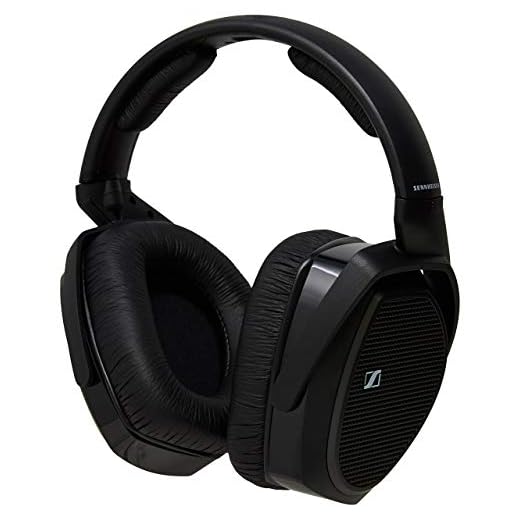In the age of mobility, audio has become untethered. We stream from phones, pair with earbuds, and roam freely. But in this freedom, something subtle is lost: the fidelity that comes from anchoring sound to place.
RF headphones don’t travel. They stay. And in staying, they reveal a deeper truth: that fidelity isn’t just about specs—it’s about how sound inhabits space.
🧭 The Architecture of Anchored Listening
RF headphones require a transmitter. That transmitter plugs into a fixed source—TV, stereo, desktop—and broadcasts wirelessly across the room. This architecture demands intention. It’s not plug-and-play. It’s plug-and-stay.
- In homes, RF headphones create private listening zones. Watch movies late at night without disturbing others. Listen to music while cooking, cleaning, or relaxing—without sacrificing fidelity.
- In offices, RF enables focused listening. Connect to a workstation and block out distractions. Host hybrid meetings with stable, low-latency audio.
- In studios, RF can serve as a monitoring tool—especially in multi-room setups where cables are impractical.
RF headphones turn rooms into listening sanctuaries. They don’t follow you—they invite you to stay.
🔐 A Note on Security
RF headphones excel at fidelity—but they are not designed for privacy. Unlike Bluetooth, RF transmissions are typically unencrypted and lack pairing protocols. This means that RF is unsuitable for handling sensitive audio, such as phone calls or private conversations.
Bluetooth, by contrast, uses encryption and device authentication to protect audio streams. So while RF is ideal for anchored listening from trusted sources, Bluetooth remains the safer choice for mobile, personal, and secure communication.
🧠 Fidelity as a Spatial Experience
Bluetooth prioritizes convenience. It collapses the listening experience into a pocket-sized codec. RF, by contrast, externalizes fidelity—placing the transmission architecture in the room, not the device.
This shift transforms listening from a transactional act into a spatial ritual.
- The transmitter becomes part of the room’s sonic infrastructure.
- The headphones become an extension of the space, not just the device.
- The listener becomes anchored, not mobile.
RF headphones remind us that fidelity is not just about what we hear—it’s about where we hear it.
🎧 RF in the Real World: Quiet Giants
RF headphones are rarely marketed to audiophiles. They’re sold as TV accessories, not studio tools. And yet, they quietly outperform many Bluetooth models—not because of their drivers, but because of their signal path.
These aren’t flagship audiophile products—but they preserve something precious: the integrity of the signal.
🧩 Completing the Arc
Part I revealed Bluetooth’s bottleneck—how codec compression became the default.
Part II introduced RF as a fidelity refuge—externalized, anchored, and lossless.
Part III now completes the arc: RF is not just a technology—it’s a spatial philosophy.
It invites us to rethink listening not as a convenience, but as a commitment.
Not as mobility, but as presence.
Not as compression, but as clarity.
Not as privacy, but as purity.
RF headphones don’t just deliver sound. They deliver anchored fidelity—a quiet, architectural truth in a world that forgot to stay still.
And perhaps, as awareness grows, we’ll see RF headsets with top-of-the-line drivers—planar magnetics, beryllium domes, studio-grade dynamics. Maybe that future will be demand-driven. Maybe it’s already waiting.
But for now, RF remains a hidden gem. And fidelity, once again, finds a home.







